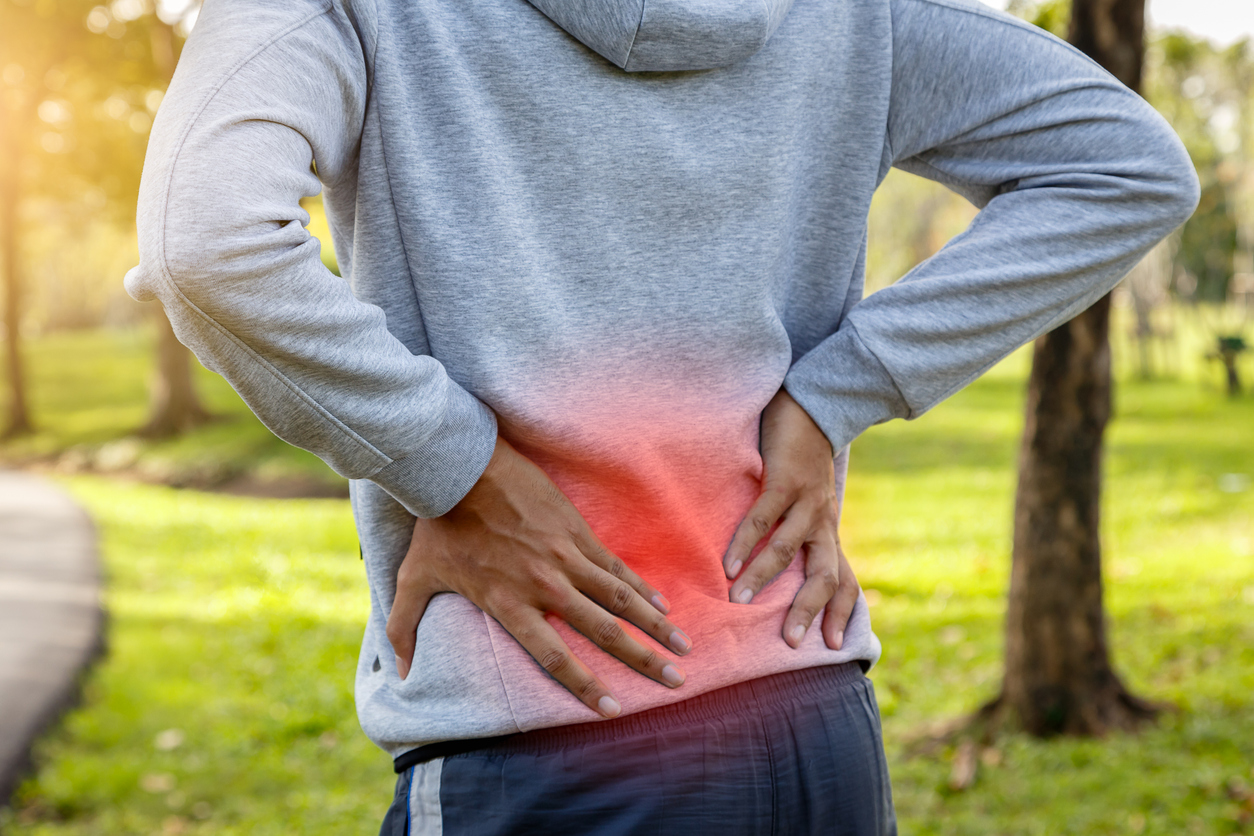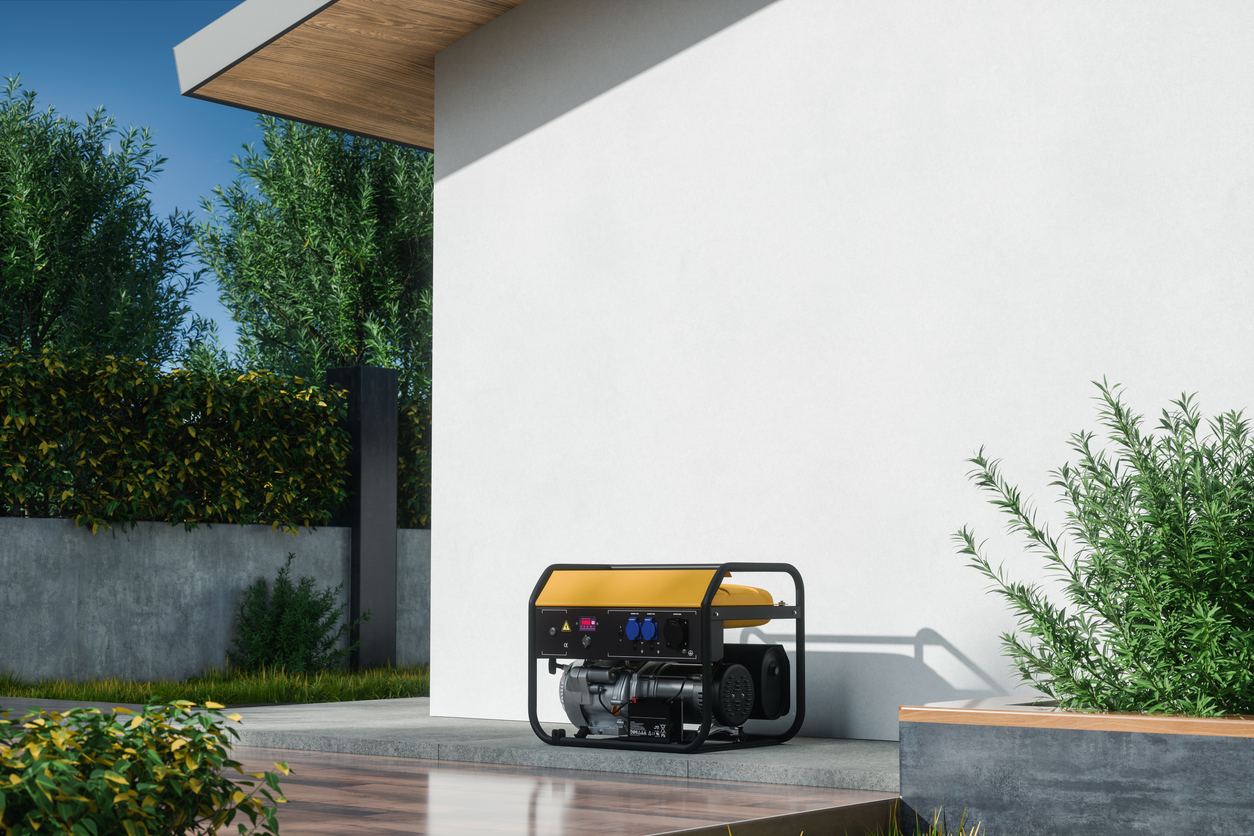Lower back pain is a common ailment that affects millions of people worldwide. Whether it’s the result of poor posture, heavy lifting, or simply the natural wear and tear of aging, the discomfort can range from mild to severe. Finding effective ways to relieve lower back pain is crucial for maintaining overall health and well-being. This article will explore various methods for alleviating lower back pain, from at-home remedies to medical treatments.

Understanding the Causes of Lower Back Pain
Before diving into relief strategies, it's important to understand the common causes of lower back pain. Most cases result from muscle or ligament strains, often due to improper lifting or sudden awkward movements. Poor posture, particularly during long periods of sitting, is another significant contributor. Herniated discs and degenerative disc disease, which become more common with age, can also lead to chronic lower back pain. Identifying the underlying cause can help in selecting the most appropriate treatment option.
Simple Lifestyle Changes for Pain Prevention
One of the most effective ways to combat lower back pain is through lifestyle modifications. Good posture is a key factor in preventing pain. Whether you're sitting at a desk, standing, or lifting heavy objects, maintaining proper alignment of your spine helps reduce strain on the lower back. Regular exercise, particularly core-strengthening activities like Pilates and yoga, can also alleviate and prevent back pain. These exercises improve flexibility and balance, supporting the lower back and reducing the risk of injury.
Additionally, maintaining a healthy weight is crucial for back pain prevention. Excess weight, especially in the abdominal area, puts added pressure on the lower back, leading to strain and discomfort. A balanced diet rich in anti-inflammatory foods, such as leafy greens, fish, and nuts, can also promote overall back health.
At-Home Remedies for Lower Back Pain Relief
When lower back pain strikes, there are several at-home remedies that can provide relief. Applying heat or ice to the affected area is a simple and effective method. Ice packs can reduce inflammation and numb the pain, while heat therapy, such as a heating pad or warm bath, helps to relax tight muscles and improve blood circulation.
Over-the-counter pain relievers like ibuprofen and acetaminophen can also help manage pain. However, these should be used sparingly and under the guidance of a healthcare provider if the pain persists. Gentle stretching and low-impact exercises, such as walking or swimming, can help loosen tight muscles and improve mobility.
The Benefits of Physical Therapy
Physical therapy is a highly recommended treatment for individuals suffering from chronic lower back pain. A physical therapist can develop a personalized exercise plan that focuses on strengthening the muscles that support the spine. These exercises often include stretches, core strengthening, and movements designed to improve posture and flexibility.
In addition to exercises, physical therapists may use manual therapy techniques to mobilize the spine and release tension in the muscles. Over time, physical therapy not only helps relieve existing pain but also prevents future injuries by improving the strength and resilience of the lower back.
Chiropractic Care for Alignment and Relief
Chiropractic care offers another popular treatment option for lower back pain. Chiropractors use spinal adjustments and manipulation to correct misalignments in the spine, which may be contributing to pain and discomfort. These adjustments aim to restore proper alignment and function to the spine, promoting overall healing.
Many patients report immediate relief following a chiropractic adjustment, though a series of treatments may be necessary for long-term results. Chiropractic care can be particularly effective when combined with other treatments, such as physical therapy or massage.
Alternative Therapies for Pain Relief
In addition to traditional medical treatments, alternative therapies can also offer relief for lower back pain. Acupuncture, for example, has been used for centuries to treat pain by inserting fine needles into specific points on the body. This therapy is believed to stimulate the body's natural healing processes and reduce inflammation.
Massage therapy is another popular alternative treatment that can help relieve lower back pain. By working on the muscles surrounding the spine, massage therapists can reduce tension, improve circulation, and promote relaxation. Many people find that regular massage sessions, in combination with other treatments, provide significant pain relief.
When to Seek Medical Intervention
While most cases of lower back pain can be managed with at-home remedies and lifestyle changes, some situations require medical intervention. If you experience severe pain that doesn’t improve with rest, or if the pain is accompanied by numbness, tingling, or weakness in the legs, it may indicate a more serious condition, such as a herniated disc or spinal stenosis.
In these cases, a doctor may recommend imaging tests, such as X-rays or MRI scans, to determine the underlying cause of the pain. Treatment options may include prescription medications, injections, or in more severe cases, surgery to correct the problem.
Conclusion: A Holistic Approach to Lower Back Pain Relief
Lower back pain can be a debilitating condition, but with the right combination of lifestyle changes, at-home remedies, and professional treatments, it is possible to find relief. Understanding the causes of your pain and adopting a holistic approach to treatment is key to preventing and managing discomfort. Whether it's through regular exercise, physical therapy, or alternative therapies like acupuncture, there are many paths to a pain-free life. If lower back pain persists, seeking medical advice ensures that you receive the appropriate care and avoid further complications.


